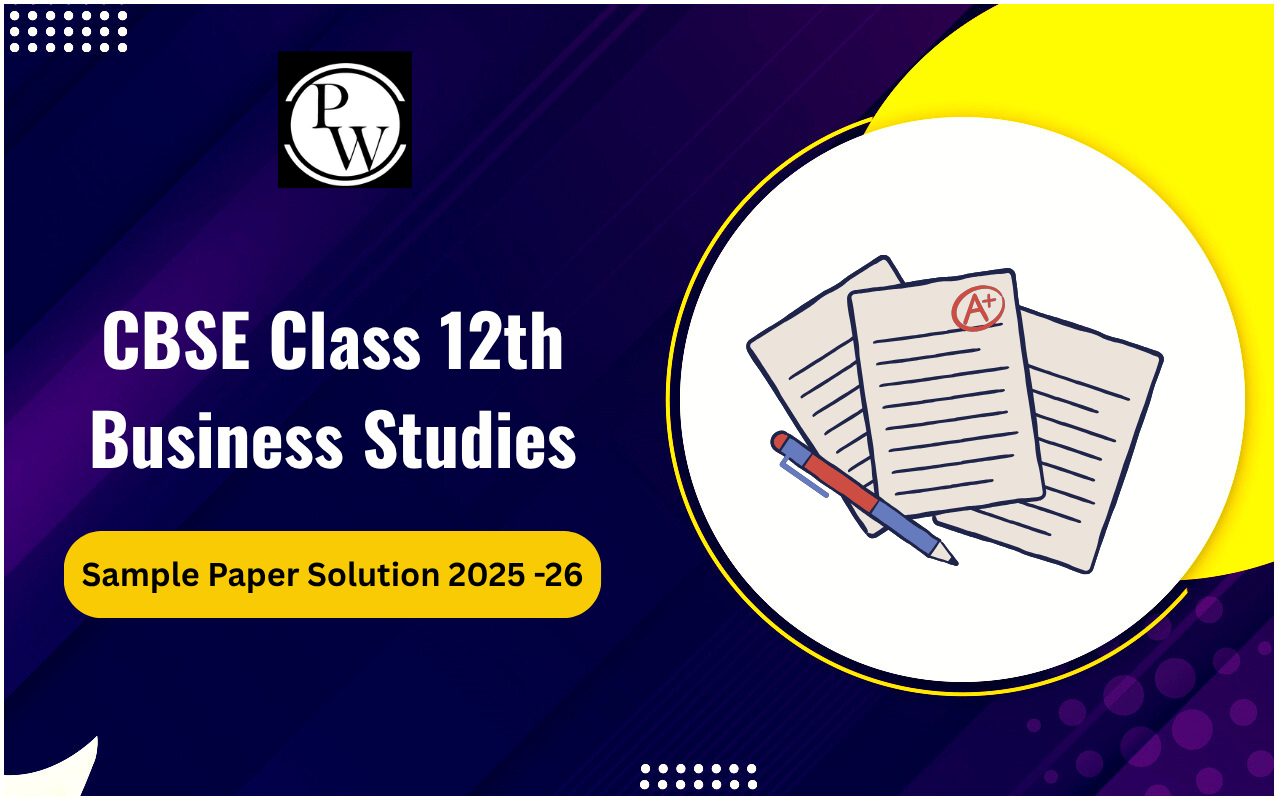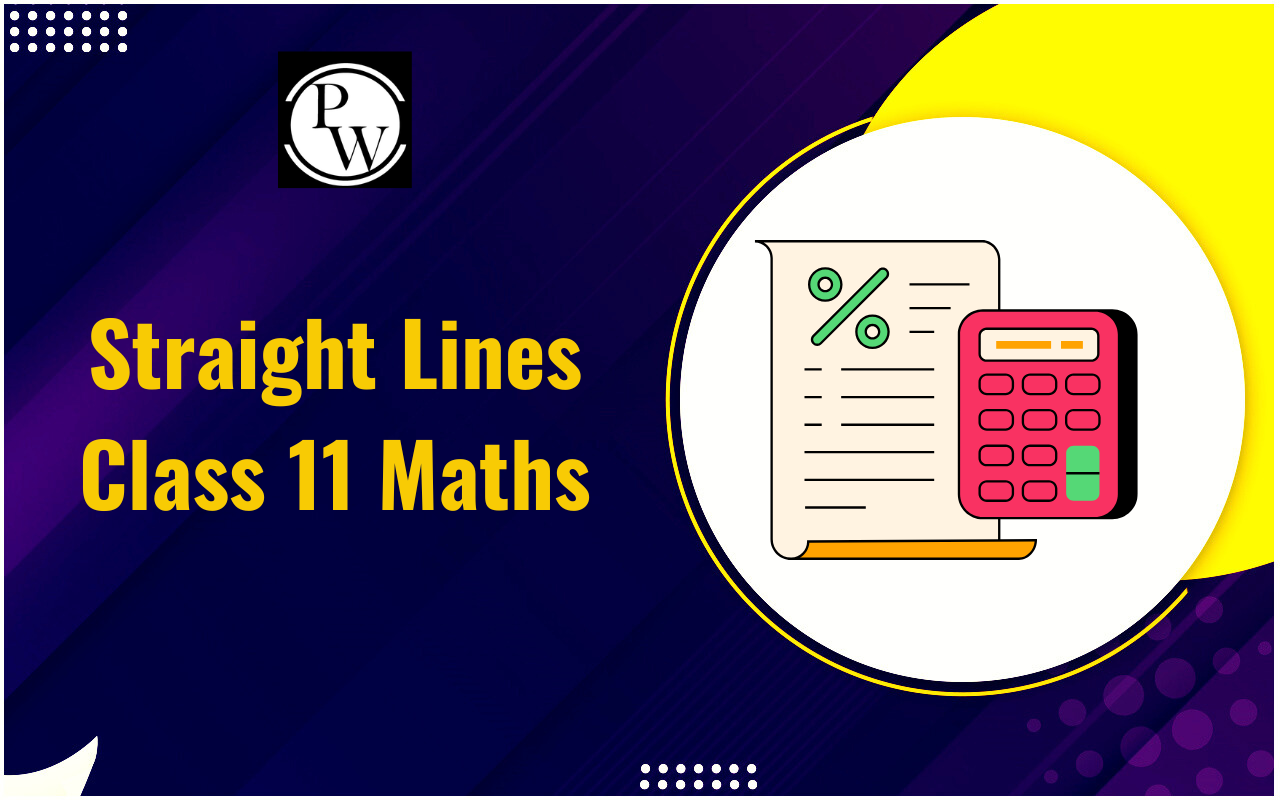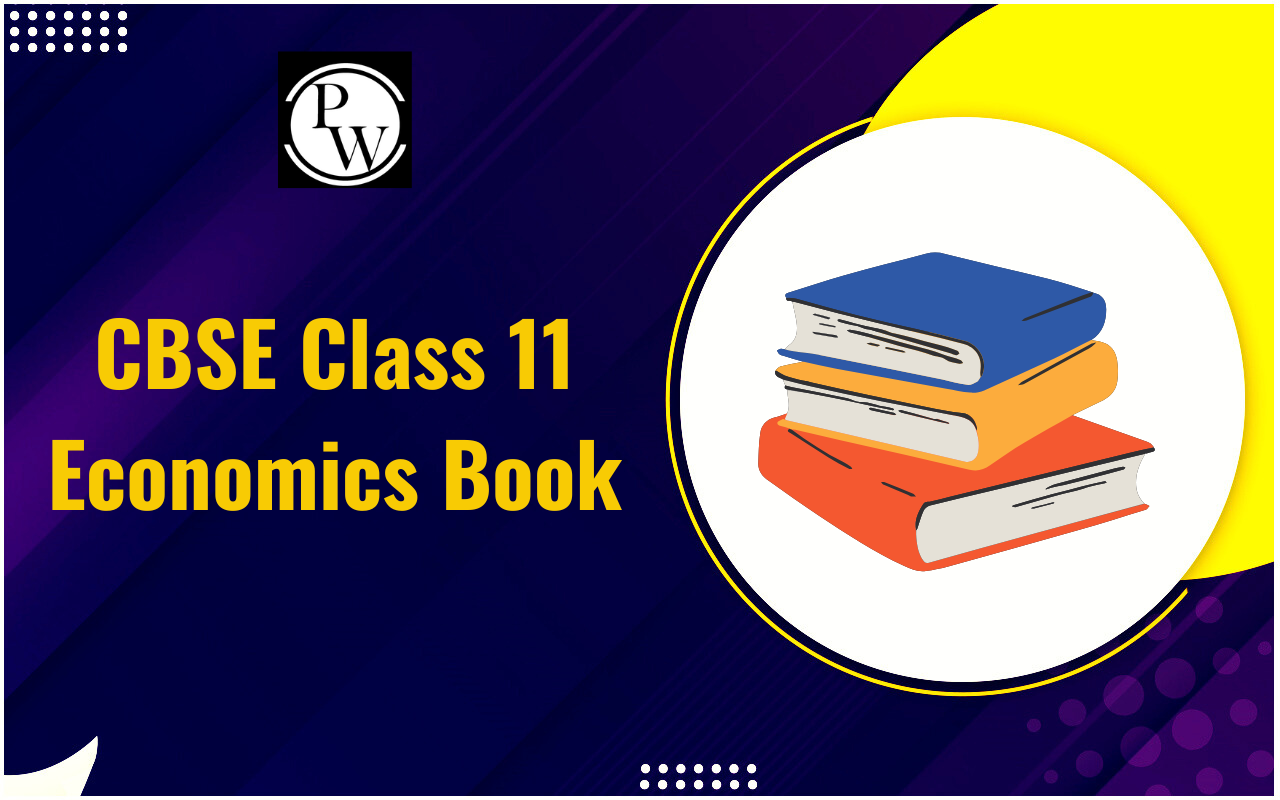
Tabulation is a systematic way of presenting data in rows and columns for effective analysis and comparison. It simplifies complex information, making it easier to interpret and use in decision-making. In this article, we will explore the meaning, objectives, types, methods, and essential components of tabulation.
What is Tabulation?
Tabulation refers to the methodical arrangement of data into tables to facilitate analysis. By organizing information in a structured format, it enhances readability and helps in drawing meaningful conclusions. This approach is widely used in research, business, economics, and statistics to present data concisely and comprehensively.
Objectives of Tabulation
The primary objectives of tabulation include:
1. Simplifying Complex Data
Tabulation helps in organizing extensive datasets systematically, making them easy to understand and analyze.
2. Space Efficiency
Structuring data in tables saves space while ensuring clarity and completeness of information.
3. Enhancing Comparisons
Tabulated data allows quick and effective comparisons between different observations, aiding in statistical analysis.
4. Supporting Statistical Analysis
Tables serve as a foundation for calculating averages, dispersion, correlation, and other statistical measures.
5. Providing a Reference
Tabulation makes data easily accessible by structuring it with titles and table numbers, serving as a reference for future studies.
Guidelines for a Good Table
Here are some fundamental guidelines for creating tables:
Clarity and Self-Explanatory: Tables should be clear and understandable on their own; footnotes can be used but should not be necessary to explain the table's content.
Dividing Data: If the data is extensive, it's better to divide it into multiple tables instead of one large table.
Comprehensive Design: Each table should be comprehensive and fulfill the purpose of the analysis it represents.
Simplicity: To present data quickly and clearly, limit the number of rows and columns to a minimum.
Data Approximation: Round off data when necessary, before tabulating to simplify presentation.
Clear Stubs and Titles: Stubs (row headings) and titles (column headings) should be clear and understandable without relying on footnotes.
Handling Unique Data: If specific data doesn't fit under any heading, create a separate table titled "miscellaneous" for such cases.
Maintaining Data Integrity: Ensure that the quantity and quality of data are never compromised when constructing a table.
Types of Tabulation
Tabulation can be categorized into different types based on the number of variables involved.
1. Simple (One-Way) Tabulation
This type classifies data based on a single characteristic. Example: Categorizing population based on gender.
2. Double (Two-Way) Tabulation
Here, data is classified based on two characteristics simultaneously. Example: Categorizing students based on gender and age group.
3. Three-Way Tabulation
This method incorporates three variables for analysis. Example: Analyzing literacy rates by gender and state.
4. Complex Tabulation
It involves multiple variables for an in-depth statistical analysis. Example: Analyzing data based on religion, language, literacy, and occupation.
Methods of Tabulation
Tabulating data can be accomplished through manual or computerized methods, with various factors like cost, study type, and scope influencing the choice.
When computerized, data is stored in numeric form. In manual tabulation, techniques like lists, tallying, card sorting, and counting are employed.
Here are the methods:
Tally Method (Direct): This method involves recording codes on tally sheets, where a mark represents each code. A horizontal or diagonal line is added within the marks after every fourth one to signify the fifth response.
Card Sort and Count Method: Data is recorded on cards of different sizes and shapes using a series of holes. These cards are then sorted and numbered within each category, and their frequencies are recorded.
List and Tally Method: In this approach, many applications are listed on a single sheet. The answers to each question are arranged in rows, with the code for each question detailed in columns.
Components of a Table
To create an accurate table, understanding its eight essential components is crucial:
Table Number: This initial element, placed at the table's top, aids easy identification and future reference.
Table Title: Among the most vital parts, the title is positioned below the table number or to its right. It must be concise, clear, and carefully worded to describe the table's contents effectively.
Headnote: Located just beneath the title, the headnote specifies the data unit in the table, such as "amount in Rupees" or "quantity in kilograms."
Column Headings or Captions: These headings define the columns and should be brief, clear, and self-explanatory. Row Headings or Stubs: Each horizontal row's title is called a stub.
Body of the Table: This section contains the numeric data gathered from researched facts. Data in the body is presented in rows (read horizontally from left to right) and columns (read vertically from top to bottom).
Footnote: Positioned above the source note at the table's bottom, a footnote clarifies any information not evident from the table's title, headings, captions, or stubs.
Source Note: This element indicates the origin of the table's information, providing transparency about the data's source.
Tabulation is a powerful tool for organizing and analyzing data efficiently. By presenting information in a structured format, it simplifies comparisons, supports statistical analysis, and enhances decision-making. Understanding the different types, methods, and components of tabulation can help create meaningful and effective tables for research, business, and academic purposes.
Tabulation FAQs
What are the branches of statistics?
What are the essential characteristics of a good table?
What are the advantages of tabulation?
What are the limitations of tabulation?
What are the two main types of tabulation?










